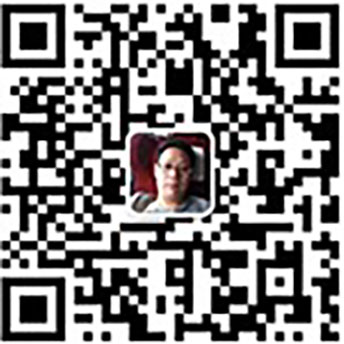Working principle of filter element
When the filter works, the water to be filtered enters from the water inlet, flows through the filter screen, enters the pipeline required by the user through the outlet for process circulation, and the particulate impurities in the water are intercepted in the filter screen. With such continuous circulation, more and more particles are intercepted and the filtration speed is slower and slower, while the imported sewage still enters continuously, and the filter hole will be smaller and smaller, resulting in a pressure difference between the inlet and outlet. When the large difference reaches the set value, the differential pressure transmitter transmits the electrical signal to the controller, and the control system starts the drive motor to drive the shaft through the transmission assembly, At the same time, the drain outlet is opened and discharged from the drain outlet. When the filter screen is cleaned, the differential pressure drops to very small, the system returns to the initial filtration state, and the system operates normally. The filter is composed of shell, multi-element filter element, backwashing mechanism, differential pressure controller, etc. The diaphragm in the shell divides its inner cavity into upper and lower cavities. The upper cavity is equipped with a plurality of filter elements, which makes full use of the filtering space and significantly reduces the volume of the filter. A backwashing suction cup is installed in the lower cavity. During operation, the turbid liquid enters the lower chamber of the filter through the inlet and the inner chamber of the filter element through the diaphragm hole. Impurities larger than the filter element gap are intercepted, and the purified liquid passes through the gap to the upper chamber and then sent out from the outlet. The filter adopts high-strength wedge-shaped filter screen and automatically cleans the filter element through differential pressure control and timing control.


